Building: High Performance Organizations
In over 20 years of real-world experience, OLC has helped organizations develop specific "Organizational Capabilities" that enable the achievement of high performance, foster innovation and engagement, and help knowledge workers use their full potential.

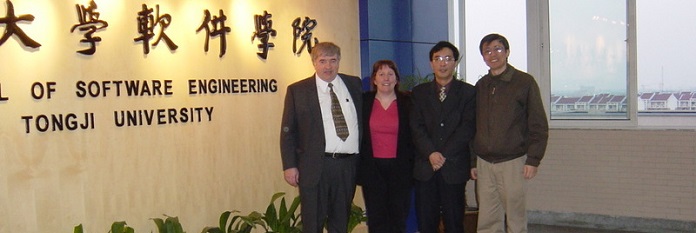

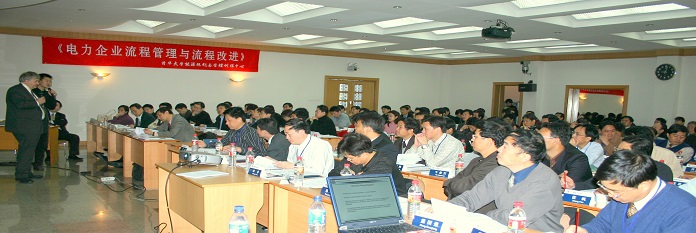
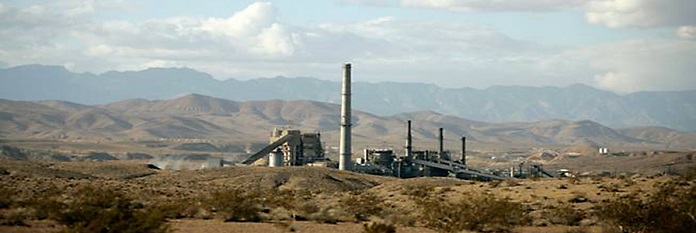
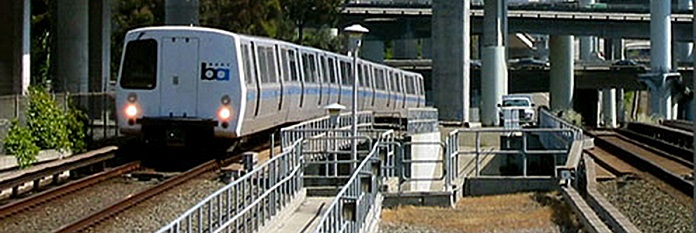
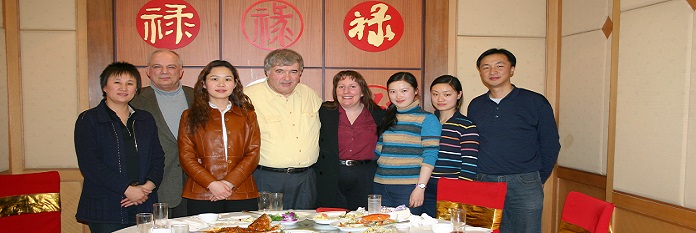

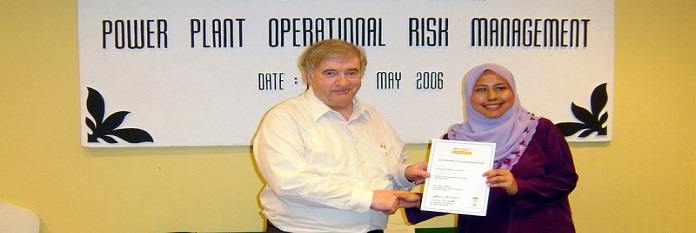
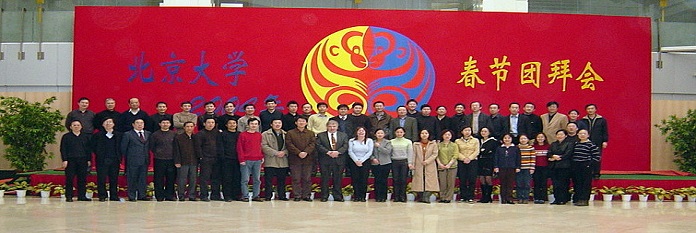
OLC's "Bigger Pie" Initiative
Let's stop arguing about who gets the biggest piece of the pie, let's work together to make a bigger pie. Lack of knowledge... that is the problem -W. Edwards Deming
"How do you make a bigger pie?" The purpose of "The Bigger Pie Initiative" is to share OLC's answers to this this question with individuals and groups who seek ways to build a better world for all.
Organizational Evolution
The purpose of these notes is to provide a vision of an organization as a living, evolving and adapting life form.
In the past when someone was asked to describe an organization they based the description on an organization chart indicating the departments that existed within the organization, their functions and the units that existed within the departments. It was an image based upon a structured and atomistic view of the parts of the organization and their functional skills.
I was listening recently to a Peter Senge presentation in which he described the concept of presence, a state of being in which an individual was a fully alive and awake actor in the world. In the presentation Peter Senge asserted that what really defined people was their relationships.
In a traditional command-and-control managed organization the primary relationships of individuals are with their immediate supervisor and the colleagues in their functional unit. The mode of operation in these organizations is that individuals are assigned specific tasks and in many cases don't understand the larger process to which the task contributes. Managers often discourage people within their units from communicating with people in other functional units. This is viewed as undermining the role of the functional manager.
In recent times there has been an increasing emphasis on Business Process Management and Process Improvement. Organizations are getting a clear understanding that the performance of the organization is dependent upon the processes used to produce their products and services and the integration between these processes. Many efforts to introduce business process management have been implemented using a top-down approach involving the use of experts and consultants to define best practice and then training front-line workers to follow these processes. This top-down approach is just a continuation of the traditional domineering management style, once more disempowering the work force. Thus Process Management was seen as another failed strategy rather than a recognition that this methodology was not compatible with the traditional management culture.
Increasingly organizations seeking to improve performance are emphasizing agility, adaptability, self-organizing and organizational learning. There is an increasing recognition that not only is organizational performance dependent upon the efficiency, effectiveness and integration of the processes the organization uses to produce its products and services it is also highly dependent on employees soft skills and engagement. Also there is also an increasing recognition that the people involved in performing the tasks within a process are the most valuable resource for documenting and improving the processes they work on.
To help in describing the way organizations are evolving I ask you to think of the organization as a living system.. A system within which each process contributes to the life of the organization as a whole and needs to work in synergy with the other organizational processes to enable the organization to function effectively. With this view in mind it is easy to recognize that each person working on a process needs to understand the process as a whole to enable them to be partners with other process participants to adapt the process to changing circumstances and to be able to use their wisdom and creativity to help improve the process.
The lubricant that enables the process to function efficiently and effectively is the skills of process participants which include their functional skills, their people skills and engagement in the task at hand and together maximize the value provided to customers.
My hope is that those who read these notes will gain an increased understanding that an organization can be viewed as a living organism with the opportunity to increase organizational performance by acting in ways that help front-line employees improve their people skills and engagement in keeping things going and doing new things.